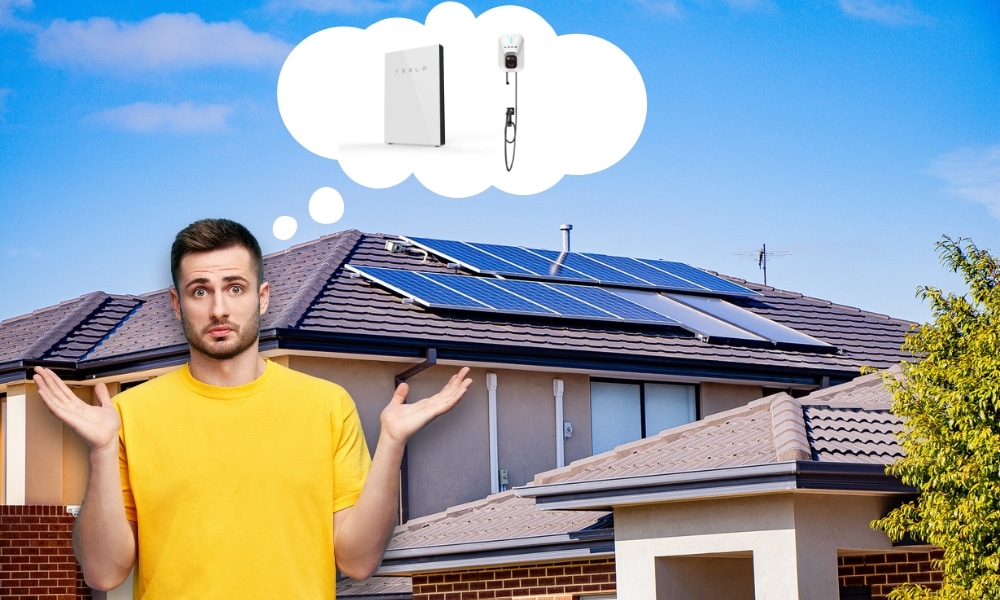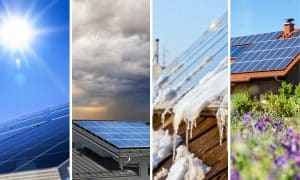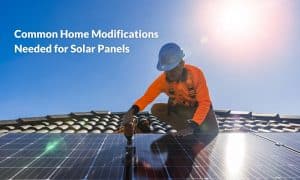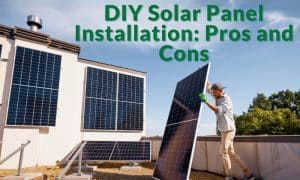The design and planning stage for solar is generally straightforward. Your installer will consider numerous factors, including your roof space, where the conduit needs to be installed, and the state of your switchboard. However, if you’re planning to add an EV charger and/or battery storage in the future, many more factors should be considered. Let’s take a look at the varying requirements for retrofitting a battery and EV charger and what it might mean for you.
Things to consider when retrofitting battery storage and EV chargers
In an ideal world, homes would be pre-fitted for all the necessary elements required for solar, battery storage, and EV charging. The reality is that almost no homes are designed for future major electrical additions. The average Australian home will likely install solar first and then add battery storage and/or EV charging later. This will likely result in numerous challenges and expenses when the time comes to retrofit.
Here are the most important factors to consider when installing solar with the possibility of adding to the system later:
- The size of the solar system
- The type, brand, and model of the inverter being installed
- The wiring of the home (single or three-phase)
- The location of the inverter installation
- The proposed location of the battery and/or the EV charger
- Switchboard capacity and location
- Limitations of cabling size running to your home
- Future conduit requirements
- Aesthetics of the home
These factors and others identified by your solar installer may influence your decision as to whether you want to add battery storage or EV charging in the future.
The reality is that the expense of retrofitting in the future may not be justifiable if your solar installation is not planned correctly. Let’s look at what you can do to reduce future expenses.
Planning for future battery storage and EV charging
Every home is different and will come with its own unique challenges. But here are some simple things to plan for when designing a system for future additions:
Install as much solar as you possibly can
Batteries and EV charging require additional solar generation. For batteries, you will want as much unused solar charging the unit as possible. Your EV charger can then use the stored electricity to charge your EV. A small solar system might need to be upgraded if it does not generate enough electricity to justify a battery and/or EV charging. The last thing you will want is to find that your investment will need upgrading.
Select an inverter for your future needs
If you’re looking to amalgamate all of your monitoring and get the best out of your system, a hybrid inverter might be the way to go. Keep in mind that hybrid inverters generally require specific batteries of the same brand. So you may be locked into one brand, or you might find that you wait too long to add battery storage and your inverter is incompatible with newer models. Batteries can be AC coupled to most inverters.
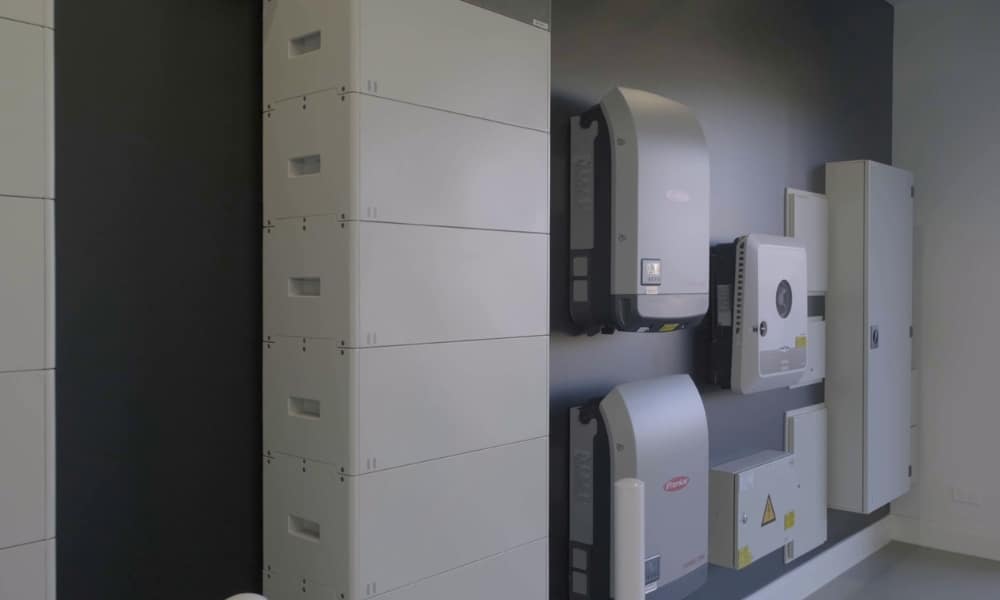
Upgrading your home to three-phase power
A single-phase home will be limited to single-phase solar, battery storage, and EV charging. Rewiring your home at the outset to accommodate future changes will likely make economic sense. If you’re looking for super-fast EV charging, three phases will be required. You should also take the opportunity to pre-install conduit for battery storage and EV charging. This can save you thousands in the future.
Upgrade your switchboard
Every new energy component will require switchboard space. Old switchboards, or switchboards with not enough space, will need upgrading. Your switchboard upgrade can be designed to accommodate future battery storage and EV charging. Doing this when you get solar can heavily reduce the expense of upgrading later.
Location of battery and EV charger
If you plan to add battery storage or EV charging to your home, the location matters. A detached garage will likely be incompatible with a hybrid inverter installed on the home, due to the distance between the inverter and the battery storage unit. Cable sizing also plays a vital role in the equation. If the size of the cables running between the home and the location of the additions is too small, it will need to be replaced. This will often require trenching. Ideally, an upgrade of the cabling should take place at the time of the solar installation. Spare large conduit will be added and made available for future battery storage and EV charging. Doing this all in one go may save you thousands in the long run.
At the end of the day, you want to minimise the work and expense required when the day comes to install battery storage and an EV charger. Check out our recommended products here.
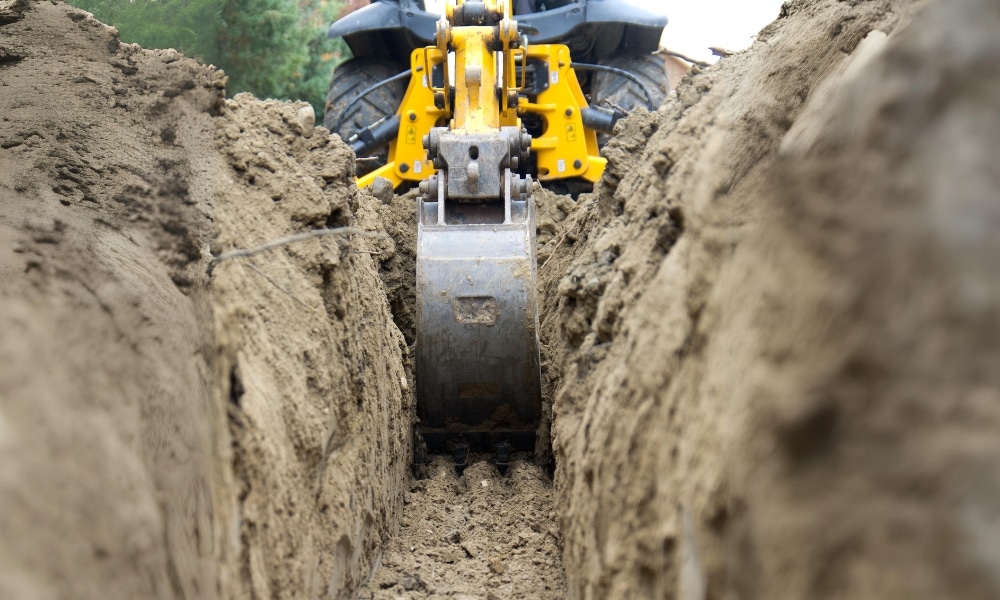
Minimising costs when planning a new home build
The absolute best way to reduce the cost of installation is to plan ahead with your new home. Consider the size of the cables running to your home and any detached spaces. Pre-install conduit for future battery storage and EV charging. Consider three-phase power to make the most of available models and technology. Doing this at the start will make for a smoother and cheaper installation in the future. It will also ensure that no, or minimal, conduit is visible from the exterior of your home.
Need help understanding the technology available and planning your solar system? Energy Matters offers a 100% free and no-obligation service to get you started on the right foot. We’ll connect you with local installers who will provide you with quotes for solar, batteries, EV chargers, and much more. They’ll design a system that best suits your current and future needs.
Click the button below and begin your solar journey the right way!












